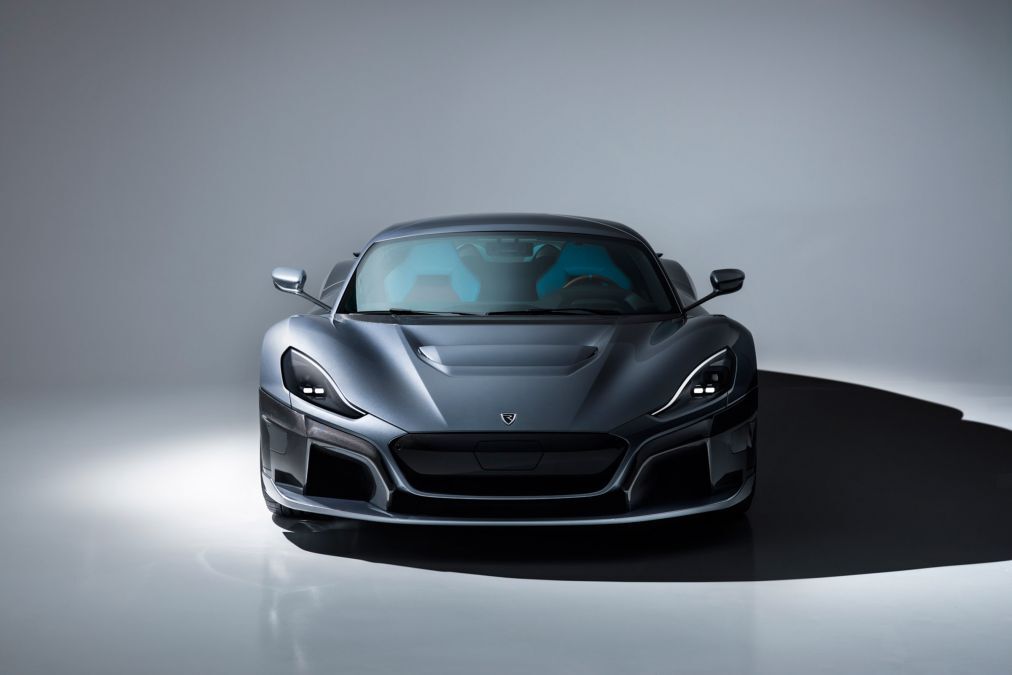Rimac C Two – is this the electric hypercar of the future?
With its successor to the Concept One, Croatian manufacturer Rimac is boldly going where no electric vehicle manufacturer has gone before. And the range too is astonishing - a claimed 644km on a single charge, which makes it a grand tourer as well
 With its successor to the Concept One, Croatian manufacturer Rimac is boldly going where no electric vehicle manufacturer has gone before. And the range too is astonishing - a claimed 644km on a single charge, which makes it a grand tourer as well
With its successor to the Concept One, Croatian manufacturer Rimac is boldly going where no electric vehicle manufacturer has gone before. And the range too is astonishing - a claimed 644km on a single charge, which makes it a grand tourer as wellMotor and transmission of the Rimac C Two
Rimac’s Concept One already developed comfortably more than 1000bhp, but the C Two almost doubles that, putting out 1888bhp courtesy of a motor at each corner. Even more remarkable is the torque: a combined 2300Nm (a Bugatti Chiron develops 1600Nm while even the Koenigsegg Regera tops out at 2000Nm). These outputs are harnessed by the ability to employ full torque vectoring. Each front wheel has a single-speed transmission, and there’s a pair of two-speed, carbon-clutched gearboxes at the back. Enormous 390mm Brembo CCMR carbon-ceramic rotors fill each wheel rim and are gripped by six-piston callipers.
Battery, range and performance
Rimac’s batteries are developed in-house, and those in the C Two hold 120kWh of energy – more than any other current production EV. That allows the company to justify its claim that the C Two isn’t just a hypercar, but a grand tourer, with the potential for over 644 kilometres from a full charge and the ability to recharge by 80 per cent in 30 minutes through a 250kW charger.
“Facial recognition technology unlocks the car as you approach. Or not, if it detects you’re Richard Hammond”
Rimac quotes its acceleration figures with a US-style one-foot rollout, which can trim a tenth or three from the times, but even accounting for this the numbers are eye-widening: 0-100kmph in 1.85sec, 200kmph in 4.3sec, the quarter-mile in 9.1sec, and 300kmph in 11.8sec.
Chassis and body
The C Two is a completely new design, by in-house designer Adriano Mudri, with a carbonfibre monocoque to which a carbon roof is bonded, and the battery pack integrated into the structure. The rear subframe is also carbon, as is the bodywork, while the crash structures are a combination of carbonfibre and aluminium. The safety features aren’t mere lip service – Rimac is homologating the car for worldwide sale.
Suspension is by double wishbones and electronically controlled dampers at all four corners, with an active ride-height system. The forged wheels are aerodynamically optimised – they feed air to the brakes, but also help reduce turbulence down the car’s flanks. The rear wing can act as an air brake.
Interior and tech
Entry is through a pair of butterfly doors, which cut into the roof to improve access. You won’t need to blip a key to open them, either, as facial recognition technology unlocks the car as you approach. Or not, if it detects you’re Richard Hammond. The system also allows you to start the car without a key, and even monitors your mood – it can play soothing music or soften the ride if you’re in a bad state of mind.
The cabin design is crisp and modern, while three configurable high-resolution TFT screens relay information to the driver. Level 4 autonomy features, but a ‘driving coach’ function could be even more useful, feeding you real-time racing lines and braking points when you take the car to a track.
evo comment
It’s difficult to know which aspect of Rimac’s C Two is most impressive. The performance is undoubtedly remarkable, but so are the efforts of such a small company to ensure the car can be sold globally, which include meeting rigorous regulations and crash-test requirements for markets such as the United States.
You could even make a case for the autonomy and infotainment systems – all developed in-house of course, because Rimac isn’t just a car company but also a technology firm, creating and supplying solutions to global OEMs. The C Two is as much a shop window for Rimac’s abilities as it is a car that, as founder Mate Rimac puts it, is aimed somewhere between the LaFerrari and Bugatti Chiron. We can’t wait to drive it.


